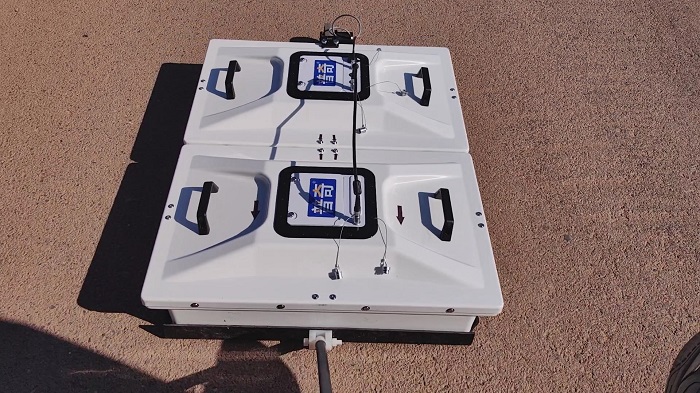With the acceleration of urbanization, the safety of underground pipelines is increasingly concerned. The existence of underground cavities, incompactness and other diseases may not only lead to ground collapse and affect the daily life of residents, but also bring significant economic losses and adverse social impact. Therefore, effective detection of underground pipeline and soil diseases is particularly important. In recent years, Ground Penetrating Rada detection technology has been widely used in this field with its unique advantages.

Ground Penetrating Rada is a non-destructive detection technology that utilizes high-frequency electromagnetic waves to detect underground targets. Compared with traditional detection methods, Ground Penetrating Rada has many advantages such as fast detection speed, continuous detection process, high resolution, convenient and flexible operation, and intuitive image. The emergence of this technology provides an efficient and accurate solution for the exploration of underground pipelines and soil diseases.
Ground Penetrating Rada plays an irreplaceable role in the exploration of underground pipelines. For metal pipelines, traditional methods such as induction, clamping and direct connection can effectively locate and set the depth. However, when it comes to non-metallic pipelines that are not conductive, these methods are ineffective. This is where the Ground Penetrating Rada comes into its own. It transmits electromagnetic waves of different frequencies to the target medium through a transmitting antenna, and receives the reflected waves through a receiving antenna. By recording and analyzing the time, phase, amplitude and wavelength of the reflected waves, Ground Penetrating Rada can accurately identify the location and depth of underground non-metallic pipelines.
In addition to underground pipeline detection, Ground Penetrating Rada also shows powerful functions in soil disease detection. Diseases such as collapsed, incompact, loose, and cracked urban roads are important risks to urban safety. Through the scanning of Ground Penetrating Rada, it is possible to fill in the geological problems in detail and carry out non-destructive detection of underground targets, so as to detect internal disease defects such as incompactness, cracks and voids. This non-destructive detection technology not only improves the accuracy and efficiency of detection, but also provides strong support for eliminating potential safety hazards.
Ground Penetrating Rada, as an efficient non-destructive detection technology, plays an important role in the exploration of underground pipelines and soil diseases. Its unique advantages make it more promising for future application. With the continuous development of science and technology, we have reason to believe that Ground Penetrating Rada will play a greater role in the field of underground pipeline detection and provide a more solid guarantee for urban safety.
Translated with DeepL.com (free version)








